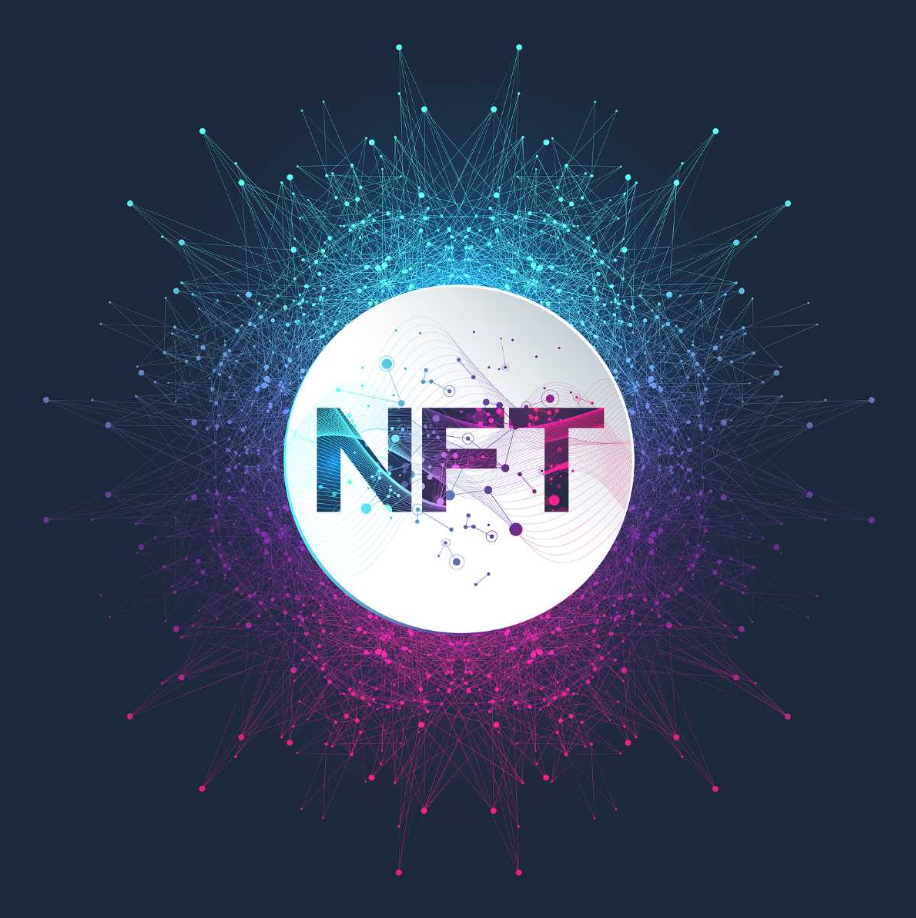In the world of blockchain and Ethereum, data is often considered immutable and everlasting. Ethereum itself is expected to operate for as long as the internet exists, with every piece of data in each block forming an unbroken chain from its inception in 2015 to the present, spanning over 18 million blocks. However, when it comes to smart contracts, access to historical data has been limited to only the previous 256 blocks, which represents less than an hour's worth of data. This limitation has necessitated the use of off-chain indexing platforms like Etherscan and oracles like Chainlink, introducing trust into the process of accessing this crucial data.
Trust-Minimized Access to Ethereum's Rich History
Enter Relic Protocol, a groundbreaking solution developed by the blockchain security firm ChainLight. Relic Protocol seeks to provide smart contracts with a trust-minimized way to access Ethereum's extensive historical data by relying on pure mathematical precision rather than intermediaries. Recently, Relic Protocol V2 was launched, expanding its capabilities to bring Ethereum's historical data to other blockchains, starting with zkSync Era.
Brian Pak, CEO of ChainLight, emphasized that Relic Protocol aims to serve as the foundational building blocks for application developers. This innovation represents a paradigm shift in how data is accessed and trusted within the blockchain ecosystem.
Bayo Akins, responsible for business development at zkSync developer Matter Labs, highlighted that Relic Protocol is the first oracle provider on zkSync to utilize zk-SNARKs as part of their oracle design. This deployment not only enhances data accessibility and cost-efficiency within the Ethereum scaling ecosystem but also equips developers with the tools needed for trustless innovation.
Zero-Knowledge Proofs and Trustless Innovation
Relic Protocol achieves its trust-minimized data access through zero-knowledge proofs. By storing historical data in a compressed format, it enables developers to prove specific past facts directly within a smart contract. For instance, a user can verify the price of a token on Uniswap from a year ago without relying on a centralized oracle. This capability opens doors for various applications, such as borrowing and lending markets. Historical price volatility data can be used to adjust lending parameters trustlessly, reducing the need for centralized governance.
Currently, Ethereum's smart contracts rely on third-party data sources for access to older data due to the limitations of the Ethereum Virtual Machine (EVM). The 256-block lookback period is a pragmatic approach to maintain network scalability and performance. However, this has led to vulnerabilities, as seen in DeFi protocols suffering significant losses due to oracle manipulation attacks.
Conclusion
Relic Protocol is on the forefront of transforming how smart contracts access historical data in the Ethereum ecosystem. By leveraging zero-knowledge proofs and eliminating the reliance on traditional oracles, it not only enhances trustless innovation but also addresses critical security concerns. With this revolutionary approach, Relic Protocol is paving the way for a more secure and decentralized future for blockchain applications, where historical data is accessible and reliable without compromising on trust.







